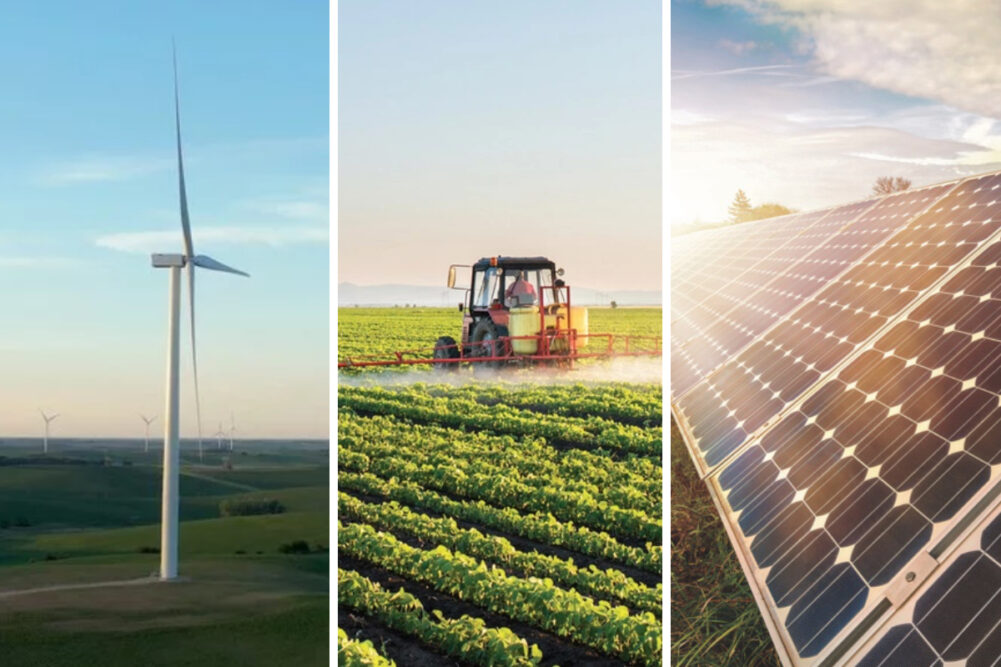ORRVILLE, OHIO — The J.M. Smucker Co. established its newest environmental impact goals with the confidence derived from the successful achievement of its 2020 sustainability targets.
The company last year reduced its water use intensity by nearly 19% after setting its sights on a 15% reduction. It also surpassed its waste diversion and greenhouse gas (GHG) emissions goals, achieving 96.2% waste to landfill diversion and a 26.1% reduction in GHG emissions intensity.
Smucker is building on that momentum with a new set of targets that includes reducing water use intensity at company-owned facilities by 5% by 2025 and ensuring all facilities earn Total Resource Use and Efficiency (TRUE) certification by 2030. The TRUE certification program helps facilities quantify their performance and find additional ways to improve their progress toward zero waste, said Rebecca Ott, director of sustainability at The J.M. Smucker Co.
“We’re really building off what we’ve learned from some of our lead sites,” she said. “For example, our Buffalo (NY) facility, which produces Milk Bone products, has shown great passion for landfill diversion, and they’ve already been recognized for gold-level TRUE certification by the Green Business Council.”
Smucker plans to reduce absolute scope 1 and scope 2 GHG emissions by 28% by 2030 from 2019 levels. Scope 1 and scope 2 emissions come from a company’s direct operations as well as the purchase of electricity, heat and cooling.
Efforts to pursue mitigation through process innovations have yielded significant progress on reducing those direct emissions in recent years, with Smucker reducing its combined scope 1 and scope 2 emissions from 404,266 tonnes of CO2e (carbon dioxide equivalent) in 2018 to 328,442 tonnes of CO2e in 2020.
“We recognize our stakeholders have significant expectations for the positive impact that we must make on society,” Ms. Ott said. “However, the expectations we have for ourselves are even higher. I think that speaks to the fact that as a company, we're really focused on making sure that our impact is meaningful.”
For most businesses, the majority of their GHG emissions lie outside of their direct operations. Scope 3 emissions, which come from indirect upstream and downstream activities such as agriculture and distribution, account for an estimated 75% to 90% of a typical food product’s carbon footprint, according to data from sustainability nonprofit Ceres. Smucker in 2020 reported more than 6 million tonnes of scope 3 CO2e emissions.
“It’s really important that we not only focus on our own operations, but that we also focus on our value chain,” Ms. Ott said. “Given the positive impact that we’ve made in our operations, the next 10 years we’ll really need to focus outside of our four walls.”
The company set a goal to reduce scope 3 emissions by 22% per unit of product sold by 2030 from a 2019 base year.
“The work involves our supply chains, including agriculture, contract manufacturing, transportation, distribution and warehousing,” Ms. Ott said. “It also includes things like end of life. A lot of times, people don’t think about things like packaging.”
Smucker has four packaging targets, including moving to 100% recyclable, compostable or reusable packaging and making How2Recycle information available for all packaging by 2025. The How2Recycle label helps consumers understand the intricacies in recycling different packaging.
The company also aims to use 30% post-consumer recycled or renewable resource content in plastic packaging by 2030 and ensure 100% of fiber-based packaging is from recycled and/or certified sources by 2025.
“Those goals are part of us thinking outside of just our four walls,” Ms. Ott said.
The packaging goals are an example of how Smucker is incorporating sustainability into product development. It also will continue investing in optimized manufacturing processes and sustainability qualities, Ms. Ott said.
“There’s more integration of sustainability in our concept to commercialization than we’ve ever had in the past,” she said.





